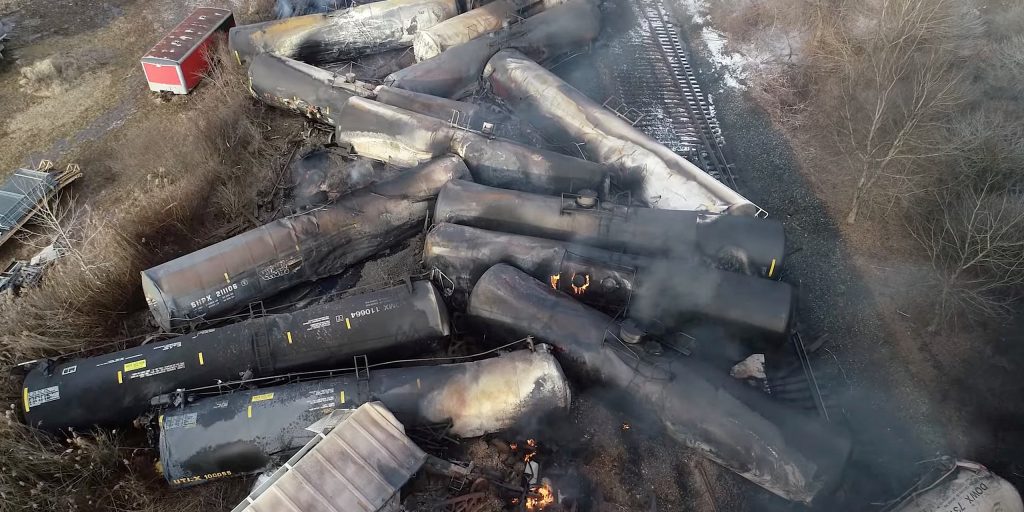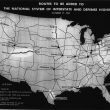NLC, lawmakers call for railway regulation in wake of Ohio hazardous materials derailment
It’s been a little more than one month since the dramatic derailment in Ohio of a Norfolk Southern Railway train pulling 20 cars loaded with hazardous materials, which subsequently went up in toxic flames. Local lawmakers are calling for stricter government regulation.
“With 140,000 miles of track in the U.S. crossing directly through many of the nation’s 19,000 cities, towns and villages, local officials continue to look for actions to improve rail safety in their communities with federal assistance and taking precautions,” wrote Clarence Anthony, CEO and executive director of National League of Cities (NLC) in a letter submitted to congressional policymakers. “The safe and efficient movement of people and goods must be the prime objective of transportation policy at all levels of government, but local governments find most rail safety improvements questions boomerang back to Congress as the only recourse.”
The city organization’s letter follows a slew of statements issued by state, local and federal officials in recent weeks. Most recently, the National Transportation Safety Board announced an investigation into Norfolk Southern’s organization and safety culture—following five incidents since December including the East Palestine crash, a second, non-hazmat related derailment in Ohio that happened earlier this month, and the deaths of three employees in unrelated accidents.
Beyond federal agencies, the East Palestine derailment, which spilled contaminants into the environment, has acted as a catalyst for overdue conversations about oversight, regulation and safety to take place at the local level of government. Notably, officials have speculated that electronically controlled pneumatic brakes, had they been installed, would have mitigated the incident’s impact.
A list of recommendations outlined in NLC’s letter address railway safety concerns from a local perspective.
“Local governments have raised concerns about longer trains dividing communities in two in emergencies, causing fire trucks, ambulances and police to be cut off from their destinations with no clarity on how long a particular crossing might be blocked,” Anthony wrote. “This concern is now compounded by the shift to longer trains (referred to as precision railroading), which means each train is more likely to be carrying hazardous materials that could have similar environmental consequences to East Palestine when a derailment happens.”
And in the event of an accident, NLC argues that financial fines be used to address the emergency situation and its required environmental cleanup, rather than go elsewhere.
Other recommendations include the expedition of rail safety improvement technology and community assessments of local pedestrian and car crossings, expanding the list of hazardous materials that are reported to first responders, improving signage and signals, and support for the National Transportation Safety Board’s recommendations.
Above all, the letter stresses the importance of setting a precedence for railway organizations to work with the local communities their businesses impact.
“Railroads are part of America’s communities, and local governments expect all railroads to be good neighbors to the communities they reside in by answering local government questions promptly, hosting emergency contact information for incidents and issues, reviewing blocked crossing and safety data annually with communities upon request, and partnering with communities to utilize federal grants to eliminate blocked crossings and congestion points in regions,” the letter says. “We must pursue productive collaboration between railroads and communities to reduce conflicts and fatalities related to rail operations.”




















